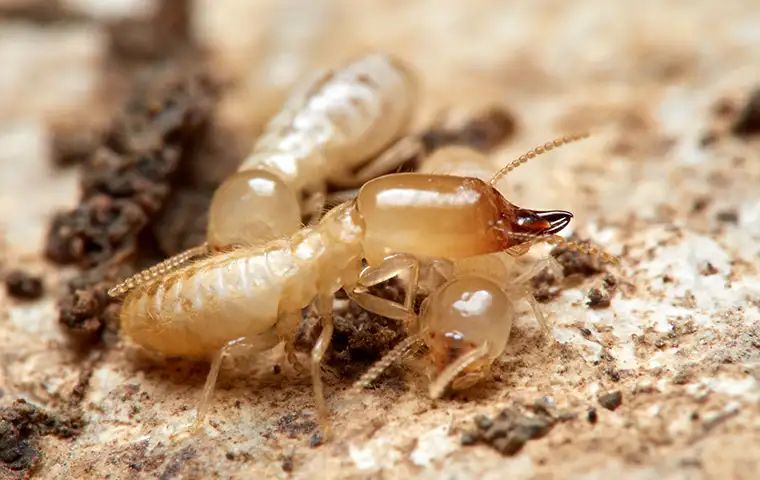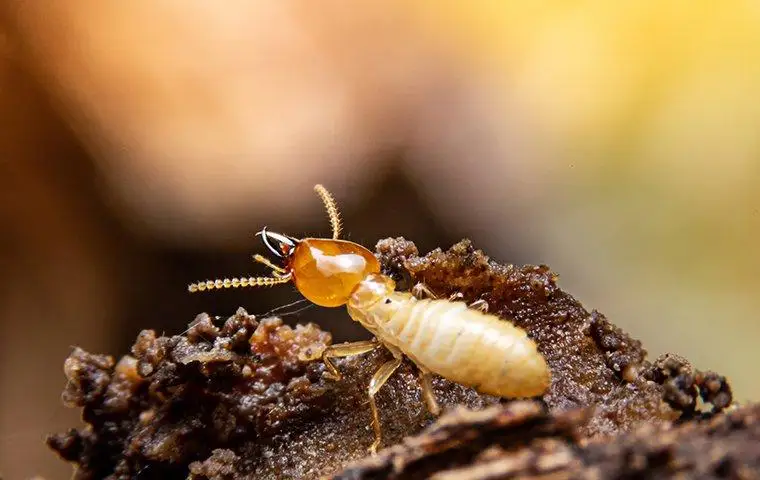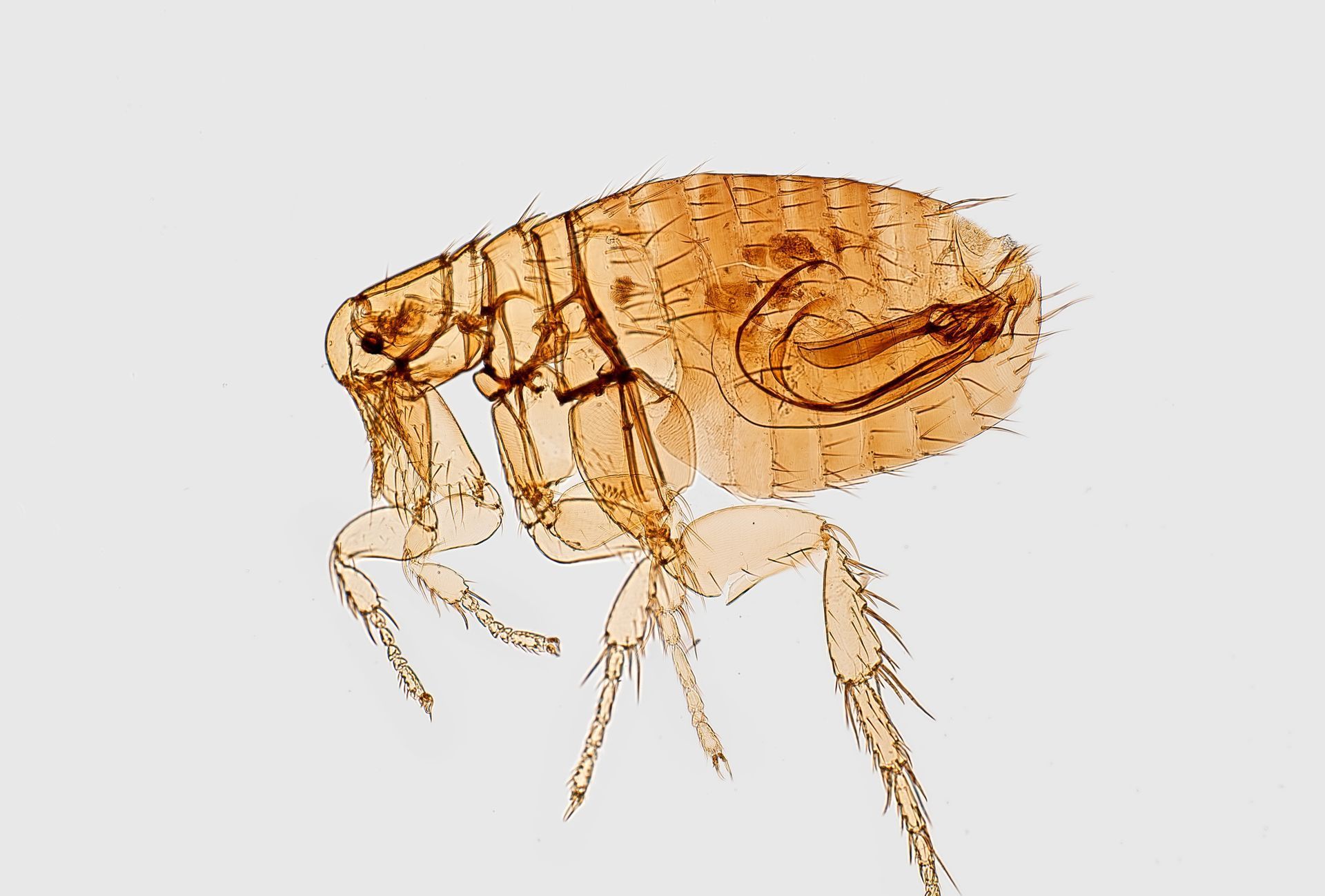EXCLUSION
Bat Exclusion: A Humane and Effective Approach to Managing Bat Intrusions
Introduction:
Bats, often misunderstood and underappreciated, play a vital role in our ecosystems by controlling insect populations. However, when they take up residence in human structures, conflicts can arise. Bat exclusion, a method focused on humane and ethical practices, offers a solution for managing bat intrusions without causing harm to these beneficial creatures. In this article, we explore the principles of bat exclusion, its benefits, and how to implement it responsibly.
Understanding Bat Behavior:
Bats are nocturnal mammals that seek out quiet, dark spaces for roosting during the day. Colonies may take refuge in attics, barns, or other structures, leading to concerns about guano accumulation, noise, and potential health risks associated with bat droppings.
The Importance of Bat Exclusion:
Bat exclusion is a process designed to safely and humanely remove bats from unwanted roosting sites while preventing their return. Here are key reasons to consider bat exclusion:
1. Protecting Human Health:
Bat droppings (guano) can pose health risks, including the transmission of diseases such as histoplasmosis. Bat exclusion helps mitigate these risks by preventing direct contact with guano.
2. Preserving Structures:
Accumulated bat guano can cause structural damage over time. Exclusion methods aim to safeguard buildings and prevent potential harm to the integrity of the structure.
3. Ensuring Ethical Practices:
Bat exclusion prioritizes ethical treatment, avoiding the harm or killing of bats. It aligns with conservation principles by acknowledging the ecological importance of bats in controlling insect populations.
The Bat Exclusion Process:
1. Inspection and Identification:
Conduct a thorough inspection of the property to identify entry points and determine the species of bats present. This information guides the development of an effective exclusion plan.
2. Timing Considerations:
Bat exclusion is most effective when conducted during specific times of the year, typically outside the maternity season when young bats are still dependent on their mothers. This avoids separating mothers from their offspring.
3. Sealing Entry Points:
Identify and seal all potential entry points, except the primary exit point. Special attention is given to gaps, cracks, and openings that bats may use for access.
4. Installation of Bat Exclusion Devices:
Bat exclusion devices, such as one-way valves or tubes, are installed at the primary exit points. These devices allow bats to leave but prevent re-entry.
5. Monitoring and Completion:
Regularly monitor the exclusion devices to ensure bats have successfully vacated the roost. Once it is confirmed that the colony has left, the remaining entry points can be sealed.
Seeking Professional Assistance:
Implementing bat exclusion requires careful planning and adherence to ethical guidelines. Consider seeking professional assistance, especially when dealing with large colonies or challenging structural configurations. Wildlife removal experts are equipped with the knowledge and experience to conduct bat exclusion effectively and responsibly.
Conclusion:
Bat exclusion offers a humane and effective solution for managing bat intrusions while respecting the ecological importance of these creatures. By understanding bat behavior, prioritizing ethical practices, and implementing exclusion methods with care, homeowners can address bat-related concerns without causing harm to these invaluable contributors to our ecosystems. In doing so, we create a harmonious balance between human habitats and the natural world.











Share On: